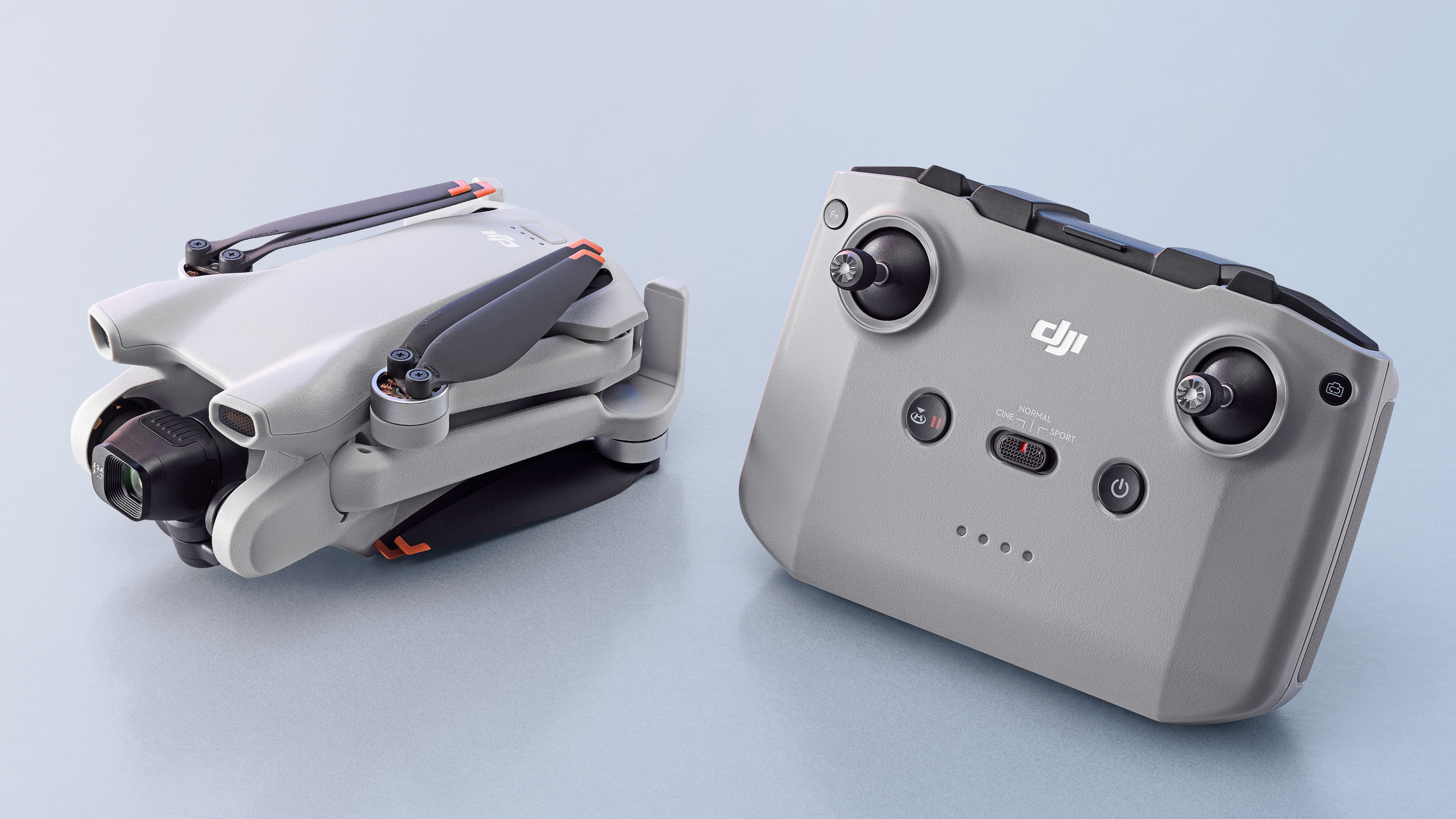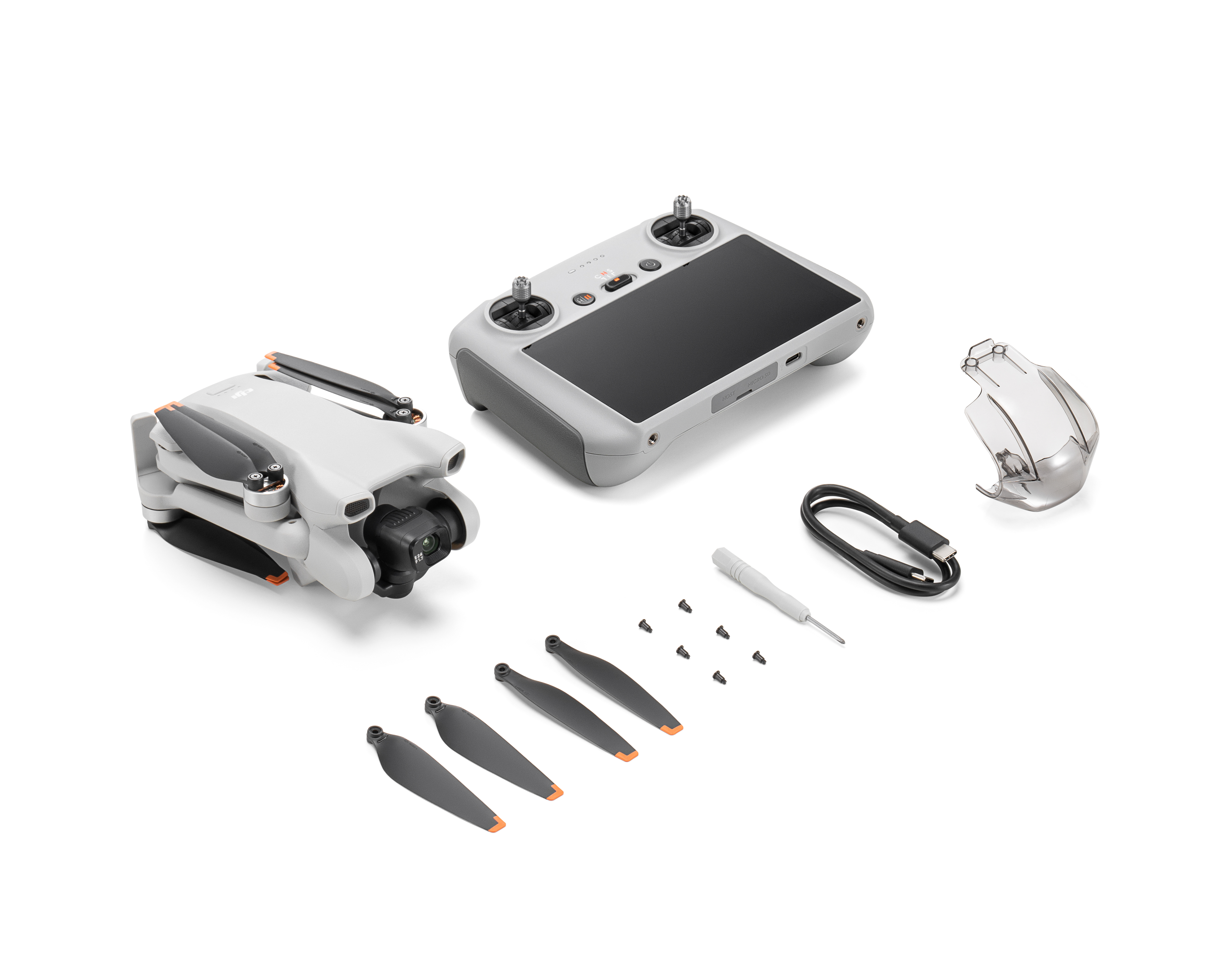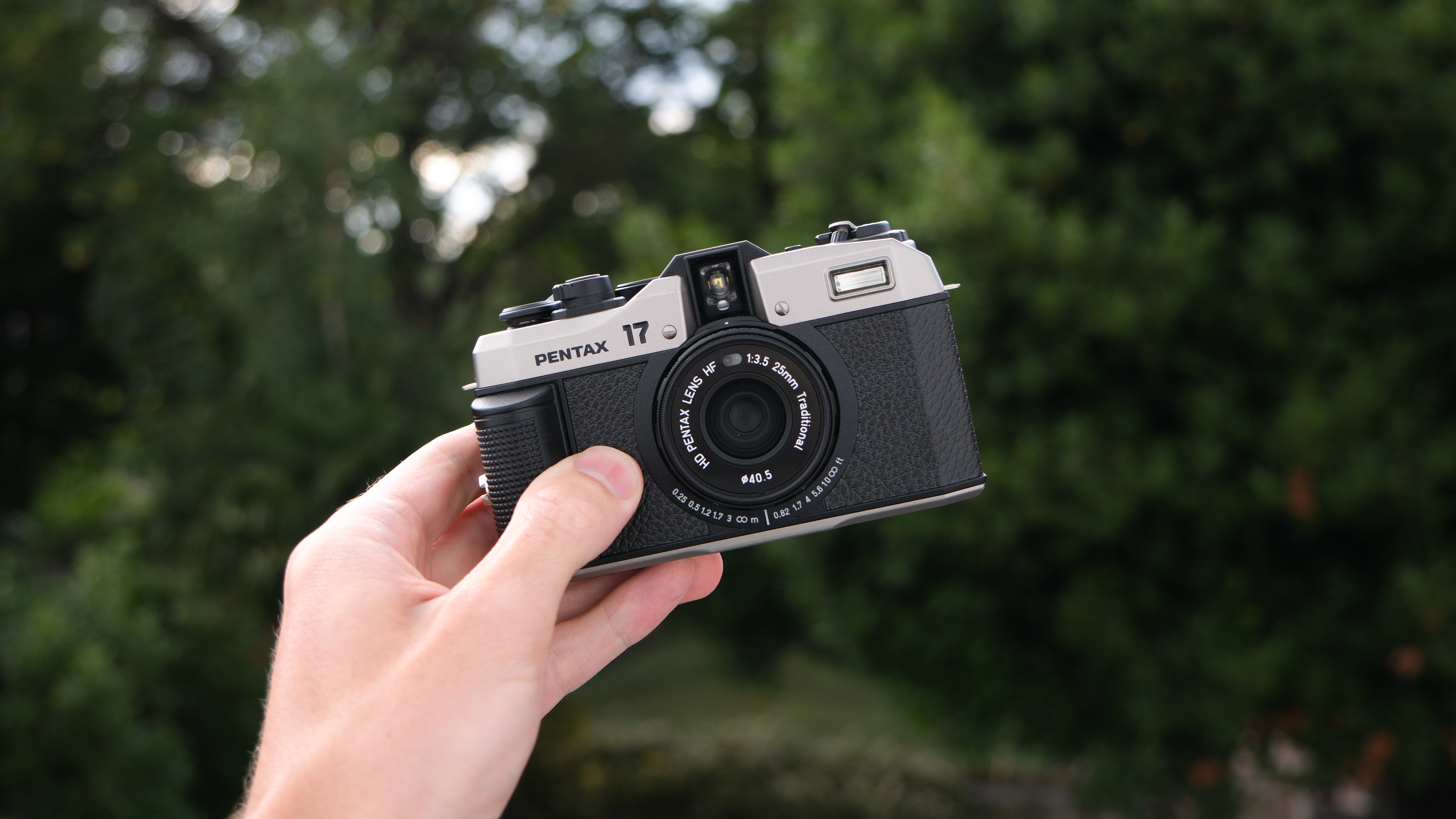DJI Mini 3 announced: not so Pro, not so pricey!
Following May’s Mini 3 Pro, DJI has followed up with a feature-light ultralight 4K drone

The sub-249g or “ultralight” drone category has seen a lot of activity since it was effectively created by the latest regulations. Market leader DJI has just announced another entry into the group – the Mini 3.
In the words of DJI Creative Director Ferdinand Wolf, “It follows in the footsteps of its sibling, Mini 3 Pro, and offers many of the same high-performance features… We created Mini 3 to invite even more new users to take off for the first time.”
The DJI Mini 3 shares a body design very similar to the DJI Mini 3 Pro, but unlike its pricier alternative, which was launched back in May 2022, the new Mini 3 doesn’t feature collision sensors or DJI’s pilot assist. The 4K drone still offers the ability to remotely rotate the camera between portrait and landscape modes for full-resolution social-friendly photography – making it potentially tempting for budget- or regulation-conscious creatives.

The drone’s camera has a 1/1.3-inch CMOS sensor and f/1.7 aperture, just like the Mini 3 Pro, however, it will only be able to shoot at up to 4K 30fps (the Pro manages 4K 60fps) or 12-megapixel stills. Like its sibling, the Mini 3 will, however, be able to capture in HDR at 30fps.
The new Mini 3 also benefits from a number of other improvements associated with the Mini 3 Pro, including compatibility with the new DJI-RC and RC-N1 controllers. It can send video up to 10km (6.2 miles) at 720P 30fps for the live view. The drone has the same 38-minute maximum battery life and can cope in wind up to 10.7m/s, also known as Level 5 (24mph).
The drone folds to a tidy 148 x 90 x 62mm, and outside Europe it will also accept the extended batteries available for the Mini 3 Pro, a theoretical flight time of 51 minutes being possible at the cost of breaking out of the weight category.
While the advanced pilot assist ‘MasterShots’ don’t make it down the line to the new Mini 3, the drone does include five of DJI’s classic cinematic ‘QuickShots’; Dronie, Helix, Rocket, Circle and Boomerang. The Mini 3 still features GNSS (GPS+GLONASS+Galileo) and downward-facing vision sensors to prevent drift and assist automated landing.
Get the Digital Camera World Newsletter
The best camera deals, reviews, product advice, and unmissable photography news, direct to your inbox!

The Mini 3 will sell for $559 / £519 / AU$829 with the standard RC-N1 controller, $200 / AU$290 less than the equivalent price for the DJI Mini 3 Pro. It will also be sold alone for £439 / AU$699 or with the DJI RC controller for £669 / AU$1,019. Adding a Fly More combo is an option with either controller for an extra £169 / AU$360.
As well as the remotes, accessories available will include a two-way charging hub, 360˚ propellor guard, ND filter set and a propellor holder. The shoulder bag in the Fly More kit is essentially the same, as are the batteries.
Where this leaves the other DJI ultralight drones isn’t yet known; it seems likely this will replace the DJI Mini 2, however when we last checked the cheapest Mini SE was hard to find in stock.
• See our full DJI Mini 3 review

With over 20 years of expertise as a tech journalist, Adam brings a wealth of knowledge across a vast number of product categories, including timelapse cameras, home security cameras, NVR cameras, photography books, webcams, 3D printers and 3D scanners, borescopes, radar detectors… and, above all, drones.
Adam is our resident expert on all aspects of camera drones and drone photography, from buying guides on the best choices for aerial photographers of all ability levels to the latest rules and regulations on piloting drones.
He is the author of a number of books including The Complete Guide to Drones, The Smart Smart Home Handbook, 101 Tips for DSLR Video and The Drone Pilot's Handbook.
